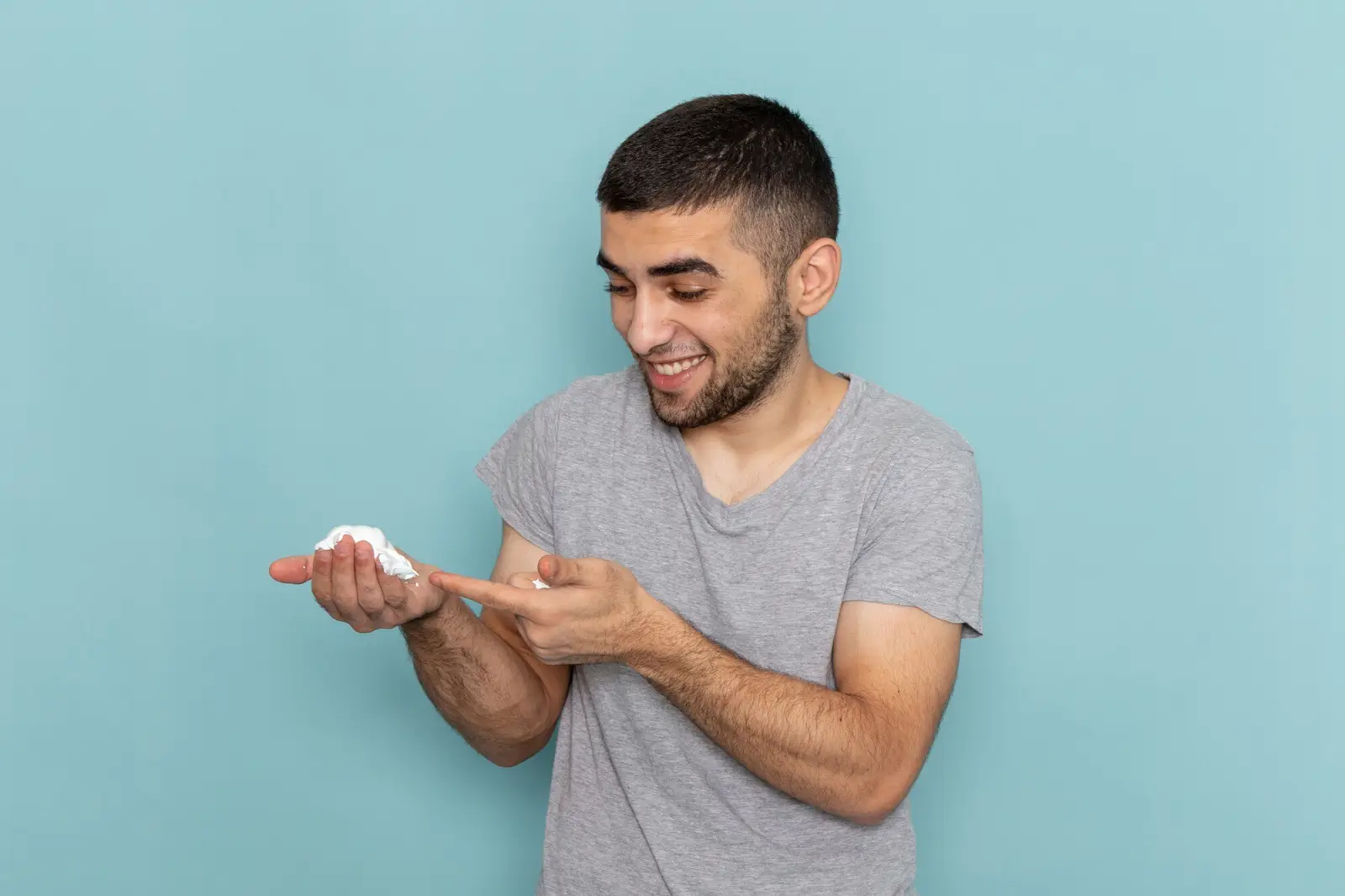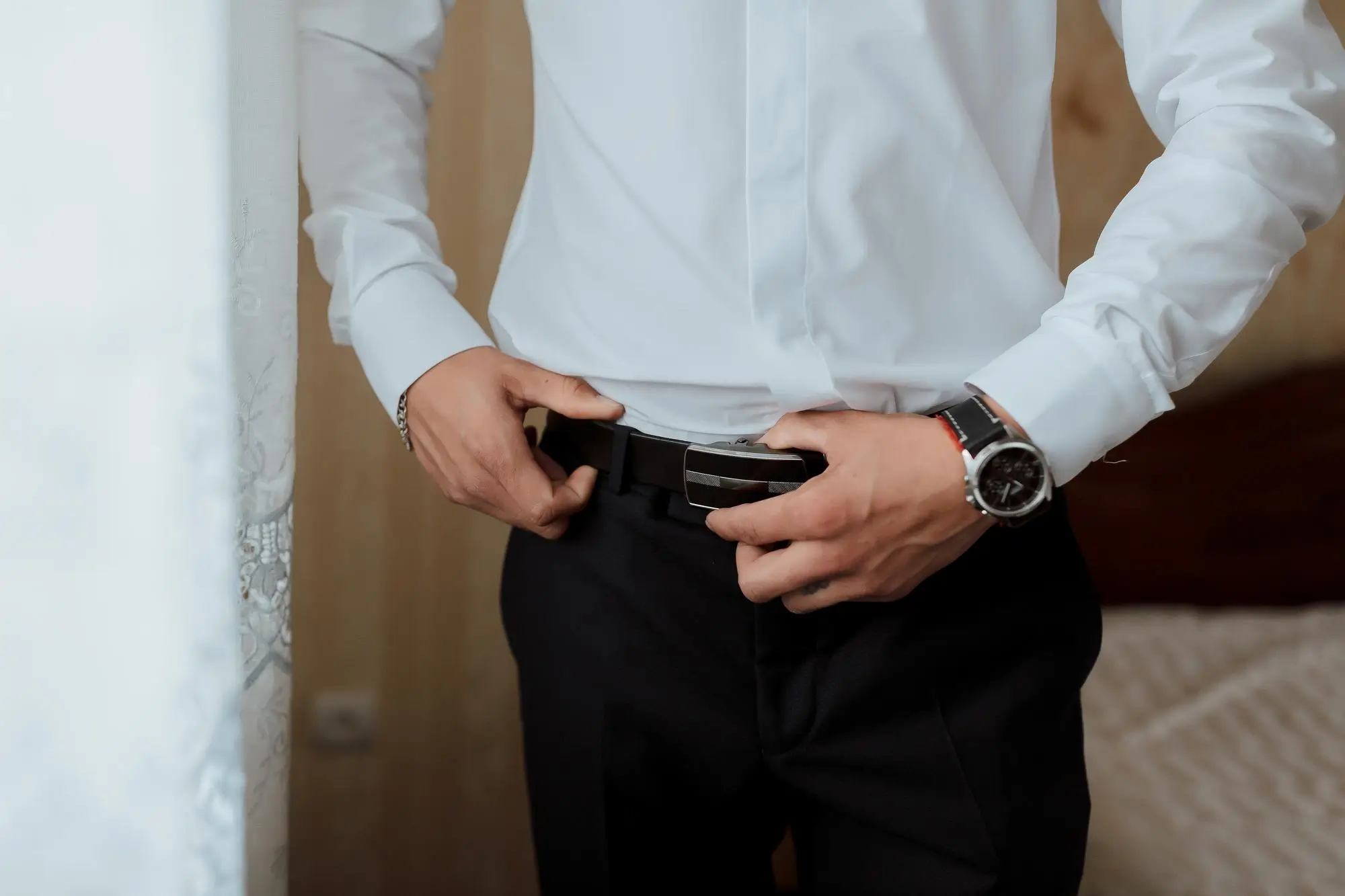
A global review found that premature ejaculation (PE) affects up to 30% of men worldwide, making it one of the most common male sexual dysfunctions. While psychological and behavioral therapies are often explored, topical anesthetics have emerged as a promising approach to managing PE by reducing penile sensitivity.
One such topical anesthetic is EMLA cream, a formulation of lidocaine and prilocaine. Though originally developed for dermatologic procedures, its numbing properties have sparked growing interest in alternative applications—particularly in the realm of sexual health.
In this article, we will examine whether EMLA cream is a legitimate option for premature ejaculation, exploring how it works, and reviewing its effectiveness, safety, and practical application.
Key Takeaways
- EMLA cream may help delay ejaculation by reducing penile sensitivity, though it is used off-label for premature ejaculation (PE).
- Its active ingredients, lidocaine and prilocaine, work together to numb the skin and extend intravaginal ejaculatory latency time (IELT).
- Apply a thin layer 15–30 minutes before intercourse and wash off before penetration to avoid transferring numbness to the partner.
- Side effects may include temporary numbness, irritation, or mild allergic reactions, which can be minimized with proper use and medical guidance.
- Patients must receive informed consent and clear counseling, especially when comparing with approved uses like EMLA cream for tattoos.
- EMLA should be seen as part of a broader treatment plan, not a standalone solution for chronic PE.
About: Doctor Medica is your trusted supplier of top-quality dermal fillers, viscosupplements, and more for your medical practice. We offer genuine products from leading brands at the lowest prices. Contact the Doctor Medica today to order EMLA Cream online for your practice.
Review of Clinical Evidence for PE Management

EMLA cream contains a 1:1 ratio of lidocaine and prilocaine, two local anesthetics known for their numbing effects. When applied to the penis before sexual activity, the cream reduces sensitivity and delays ejaculation. Key clinical findings include:
- A 2024 study reported that EMLA significantly increased intravaginal ejaculatory latency time (IELT).
- Men using the cream experienced prolonged duration without major side effects when used correctly.
- Effects are typically felt within 15–30 minutes of application and may last up to an hour.
Although not FDA-approved for this indication, these findings support its off-label application in PE management.
Potential Benefits and Risks of Off-Label Use
Using EMLA cream for premature ejaculation offers both advantages and limitations.
Potential Benefits
- Non-systemic actions reduce the risk of drug-related interactions.
- EMLA’s rapid onset makes it suitable for spontaneous use.
- They are accessible and easy to apply.
Risks and Considerations
- EMLA may cause temporary numbness in the patient if not thoroughly washed off.
- Overuse can lead to skin irritation or decreased pleasure.
- Possible allergic reactions, especially in individuals sensitive to amide anesthetics.
Patient Counseling and Informed Consent
Proper education is essential when considering topical anesthetics for PE. As EMLA is not FDA-approved for sexual health purposes, practitioners should ensure informed consent includes the following:
- Off-label status and possible alternatives.
- Application Instructions: Apply a thin layer 15–30 minutes prior to intercourse and wash off before penetration.
- When to Avoid: Do not use on broken or irritated skin.
- Partner Protection: Use condoms or remove thoroughly to avoid transfer.
Patients should also be advised that EMLA cream for tattoos is an approved and appropriate use case, helping differentiate between safe and off-label applications.
Alternative Treatment Options for PE

While EMLA offers a convenient topical solution, it’s not the only treatment for PE. Other options may be more appropriate depending on the severity and underlying cause. Some alternatives are the following:
- Selective Serotonin Reuptake Inhibitors (SSRIs): Medications like paroxetine or sertraline can delay ejaculation.
- Behavioral Therapy: Helps individuals learn control techniques through gradual exposure and communication.
- Topical Sprays or Wipes: These are explicitly designed for PE with quicker drying and lower transfer risk.
Comprehensive Management Approach
Treating premature ejaculation is not solely about physical symptom relief. A well-rounded plan may involve:
- Psychosexual Therapy: Useful for those with anxiety, relationship stress, or performance issues.
- Lifestyle Changes: Stress management, improved sleep, and regular exercise can support overall sexual function.
- Open Communication: Dialogue with one’s partner enhances comfort and helps manage expectations.
EMLA cream can be a helpful short-term tool, but it should be considered part of a broader strategy, not a standalone fix.
Conclusion
Although EMLA cream is not officially approved for treating premature ejaculation (PE), emerging clinical data and anecdotal reports suggest it may serve as a practical off-label option. Its ability to numb the skin and reduce penile sensitivity offers a non-invasive method for delaying climax, providing relief for men seeking to improve control and enhance sexual satisfaction.
Responsible use is essential. Proper application techniques, understanding of potential side effects, and ensuring partner safety are key to maximizing its benefits. Consulting a healthcare professional remains crucial, especially when considering off-label use. It also allows individuals to evaluate other available treatments—whether behavioral, psychological, or pharmacological—for a comprehensive approach to managing PE.
FAQs
1. How long does the numbing effect of EMLA cream last for PE?
Depending on skin type and absorption, the numbing effect typically lasts 1 to 2 hours after application.
2. Is EMLA safe to use during intercourse?
EMLA should be thoroughly washed off before penetration to avoid transferring numbness to the partner. Using a condom can help minimize this risk.
3. Can I use EMLA cream every day?
Daily use is not recommended without medical supervision. Frequent application may increase the risk of skin irritation and systemic side effects.
4. Does EMLA affect sexual pleasure?
Yes, EMLA can slightly reduce sexual sensation for the user due to its numbing effect. Some users find this helpful for delaying climax, while others may find it reduces pleasure.
5. How should EMLA cream be applied for PE?
Apply a pea-sized amount 15–30 minutes before intercourse, focusing on the underside of the penis near the frenulum. Wash it off thoroughly before penetration.
6. Are there any side effects of using EMLA cream for PE?
Side effects may include redness, swelling, tingling, or pale skin at the application site. Rarely, it can cause mild burning or itching.
References
Martyn-St James M, Cooper K, Ren K, et al. Topical anaesthetics for premature ejaculation: a systematic review and meta-analysis. Sex Health. 2016;13(2):114-123. doi:10.1071/SH15042
Carson C, Gunn K. Premature ejaculation: definition and prevalence. Int J Impot Res. 2006;18 Suppl 1:S5-S13. doi:10.1038/sj.ijir.3901507
Premature ejaculation: Causes, Symptoms, Treatment & Cure. https://www.pacehospital.com/premature-ejaculation-causes-symptoms-treatment-cure
Related Articles
Joanna Carr
Cingal Injection – All About The OA Treatment
Cingal injections combine corticosteroids and hyaluronic acid to relieve pain an provide knee joint lubrication for osteoarthritis patients.
Joanna Carr
Silhouette Thread Lift – Non-Surgical Lifting for Natural Results
Explore the Silhouette Thread Lift—learn how this non-surgical treatment provides natural-looking lifting, skin tightening, and rejuvenation with mini...
Joanna Carr
Jalupro Injection Before and After: Addressing Skin Concerns
Explore Jalupro injection before and after results for effective skin concern solutions. Learn more at Doctor Medica.


